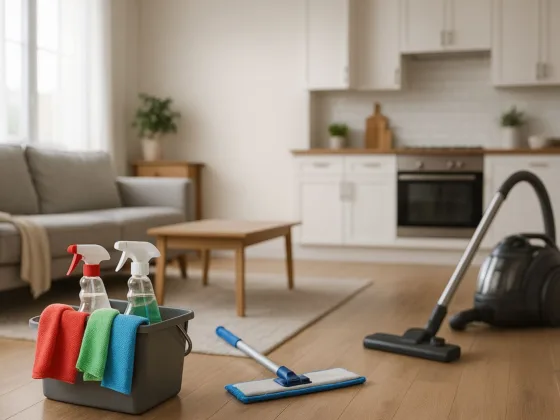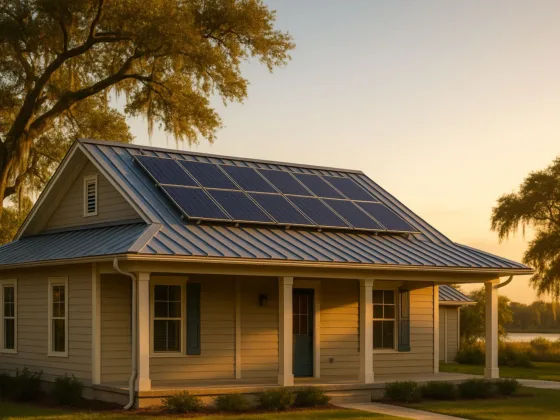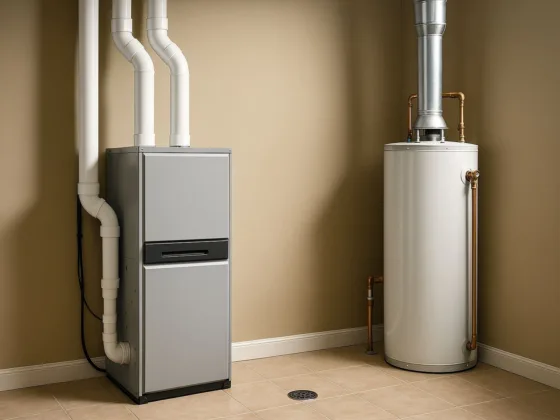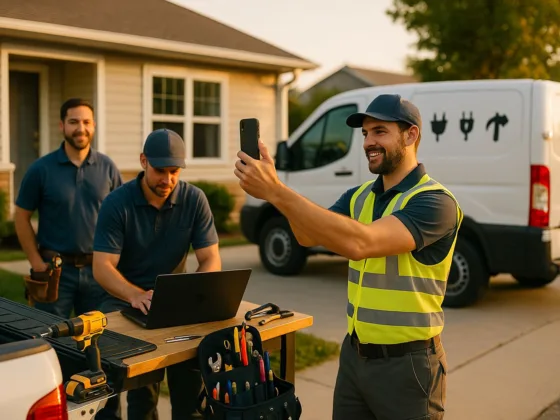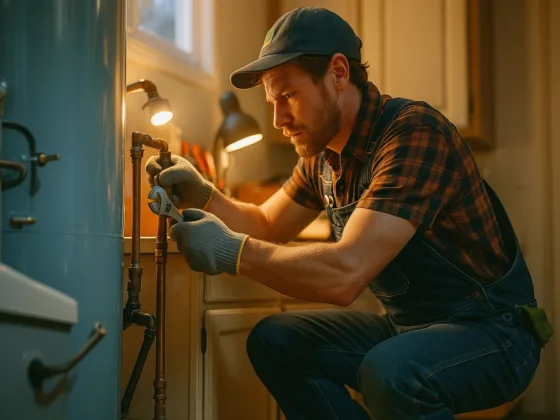Table of Contents Show
Cities in Australia experience between 2,300 and 3,200 hours of sunshine in a year, making Australia an ideal location for solar energy systems atop residences and commercial buildings. However, the effectiveness of these systems heavily relies on the quality of their components.
One critical component of a solar system is the solar panel cable, responsible for the seamless transmission of electrical power from the panels to the rest of the system. Choosing the right solar cable is essential for maintaining efficiency, ensuring safety, and complying with local regulations.
This article offers a comprehensive guide on selecting the appropriate solar panel cable for your specific installation needs.
The Role of a Solar Cable
Comprising several types of insulated wires, solar cables are used to connect different parts of a photovoltaic (PV) system, which is also known as a solar energy system. These parts may include the solar panels, inverter, charge controller and batteries.
Typically, solar cables can be categorised into two types:
- DC solar cable – Usually comes in the form of an insulated single-core copper cable. They are generally built into the solar panels and cannot be changed, but they can also be used for inter-panel connection and to the solar inverter. Available in module or string versions.
- AC solar cable – These are used to connect the solar power inverter to the grid and other equipment. Small-scale solar power systems with a single-phase inverter will use the three-core AC cable, whereas systems with a three-phase inverter will use the five-core version.
Once the solar panels convert sunlight into electrical energy, the solar cables then transfer this energy from the panels to the electrical devices. It is important to choose the right size of solar cable to prevent overheating and reduce energy loss, as well as ensure that the electrical units and batteries are appropriately powered.
Key Characteristics of Solar Panel Cables
1. UV Resistant
Solar panel cables are continuously exposed to sunlight, making UV resistance essential. Typically, UV-resistant insulation and jacket materials protect the cables from degradation and cracking caused by prolonged sunlight exposure, thus extending their lifespan.
2. Weather Resistant
Solar panel cables must endure various weather conditions, including rain, snow, and extreme temperatures. Insulation materials like XLPE and EPR are commonly used to provide robust protection against moisture and environmental damage.
3. Flexible
Flexible cables are easier to route and install, particularly in complex solar panel setups with multiple panels and connection points. Stranded conductors offer greater flexibility compared to solid conductors, facilitating easier handling and termination.
4. Specific Voltage Rating
Solar panel cables are rated for specific voltage levels so that they can be used appropriately in systems. The required voltage rating depends on factors, such as cable size, insulation type, and application, with common ratings ranging from 600V to 2000V.
Factors that Influence Solar Cable Selection
Choosing the right solar panel cables involves considering several key factors to ensure optimal performance and compliance with local regulations:
1. System Voltage
To ensure safe and reliable operation, the voltage rating of solar cables must be equal to or greater than the maximum voltage of the system.
Higher voltage systems necessitate cables with correspondingly higher voltage ratings to avoid electrical breakdown and insulation failure.
For example, for a 1000V solar system, it is essential to use cables rated at 1000V or above to prevent insulation issues.
2. Cable Size and Current Capacity
The size of the cable, measured in square millimetres (mm²), determines its current-carrying capacity. Larger gauge cables can carry more current over longer distances with less power loss.
Calculating the appropriate cable size involves considering the maximum current output of your solar panels and the distance to the inverter or battery bank.
For instance, for a 30-metre run from your solar array to the inverter, a 4 mm² PV wire might be sufficient, whereas a longer run might require thicker cable like 6 mm² to minimise power loss.
3. Temperature Rating and Environmental Durability
It is generally important to choose solar cables with a high-temperature rating (typically 90°C or higher) and excellent UV resistance to prevent rapid degradation. However, given the wide variance of weather that can be experienced in Australia, it is also necessary to consider the environment in which the cables will be operating.
For example, in regions with extreme climates such as the Northern Territory, selecting cables with enhanced durability against heat, cold, and moisture ensures reliable performance throughout the year.
4. Compliance with Standards and Regulations
Ensure that the solar panel cables you choose comply with Australian electrical codes and standards, such as those outlined by the Standards Australia and the Clean Energy Council (CEC).
Compliance ensures safety and reliability and may be necessary for obtaining permits and passing inspections.
Using solar cables certified by Standards Australia or listed by the CEC assures that they meet stringent safety and performance requirements.
5. Installation Considerations
Consider the installation environment and method when selecting solar panel cables, such as whether it involves conduit, direct burial, or overhead wiring.
Proper cable management, protection from physical damage, and adherence to installation guidelines are critical to ensuring a safe installation and maintaining the integrity and efficiency of your solar energy system over its lifespan.
Ensuring proper grounding and bonding of cables also enhances system safety and performance.
Power Your Future with the Right Solar Cables
Harness the power of solar energy effectively by choosing the right cables for your solar installation. By following these guidelines, we hope you can confidently navigate the complexities of solar panel cable selection.
Whether you are planning a new solar system installation or upgrading an existing one, consulting with a qualified professional can provide valuable insights into selecting optimal solar panel cables for your specific needs. Investing in high-quality solar panel cables not only enhances the performance of your system but also contributes to its reliability and durability over time.



